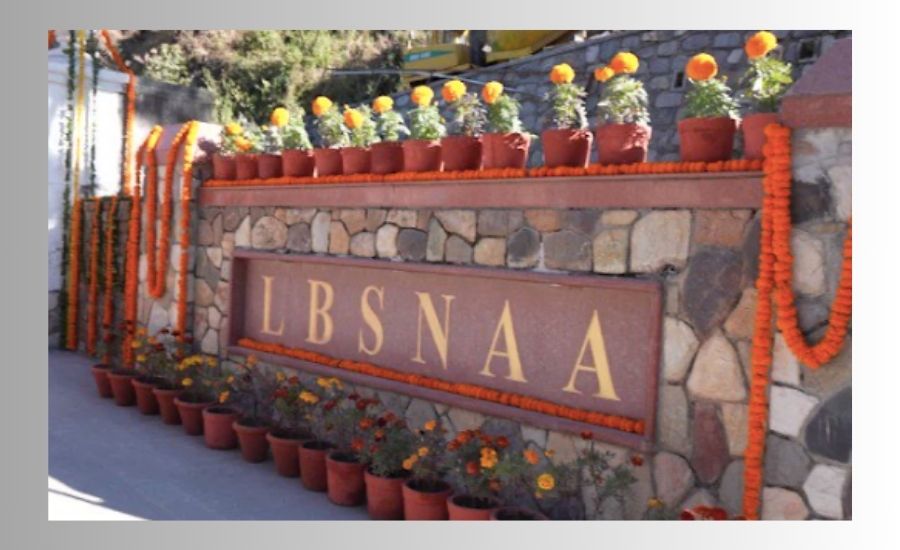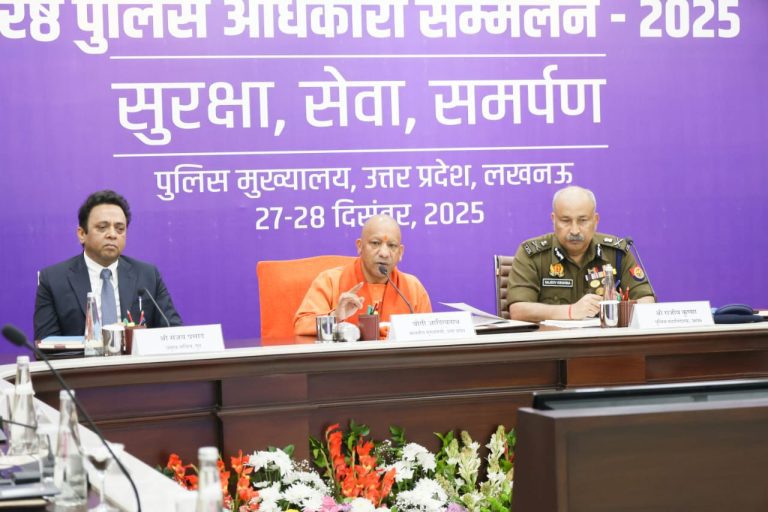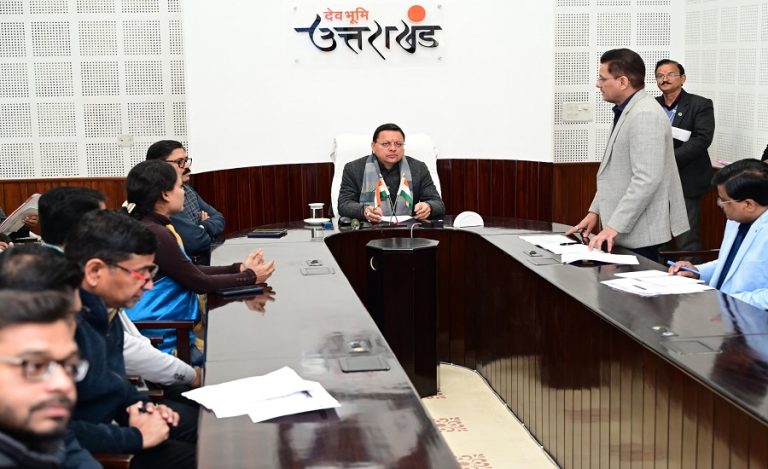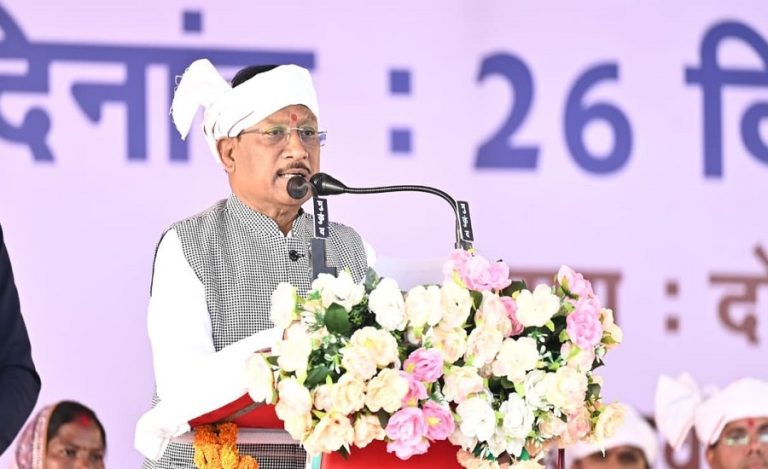New Delhi: In an unprecedented move, the Lal Bahadur Shastri National Academy of Administration (LBSNAA), India’s premier IAS training institute, is set to offer specialized training to Zilla Parishad chief executives. This initiative is aimed at strengthening local governance and aligning district-level leadership with high-level decision-making processes.
Scheduled from April 14 to 18, 2025, the programme will take place at the LBSNAA campus, with future phases planned. The training, designed in collaboration with the Department of Personnel and Training (DoPT) and funded by the Ministry of Rural Development and Panchayati Raj, focuses on enhancing administrative skills and policy understanding among those working in panchayats and rural development.
This initiative is in line with Prime Minister Narendra Modi’s vision to strengthen governance at the grassroots level. By training Zilla Parishad heads and executives, the programme seeks to bridge the gap between local bodies and central governance, ensuring the efficient implementation of national schemes.
According to a senior officer involved in the programme’s design, “The Modi government aims to bridge the gap between local bodies and high-level decision-making by equipping Zilla Parishad heads with the necessary administrative skills and policy insights.” The officer further highlighted that this initiative would help ensure that national priorities are effectively translated into local actions.
Each batch will accommodate 50 executives, and the academy plans to follow a selective approach, training officers from around 780 districts across the country. The training may also be expanded to regional rural training institutes to cater to a larger number of local officials.
The programme will focus on modern governance techniques, policy formulation, and public administration, empowering Zilla Parishad leaders to handle complex administrative challenges effectively. By fostering a culture of transparency and accountability, the training aims to improve the execution of central and state schemes at the district level and enhance communication between local and central governments.
In essence, this programme represents a significant step in bridging the gap between central policies and their practical execution, fostering a more cohesive and efficient governance structure at the grassroots level.



























